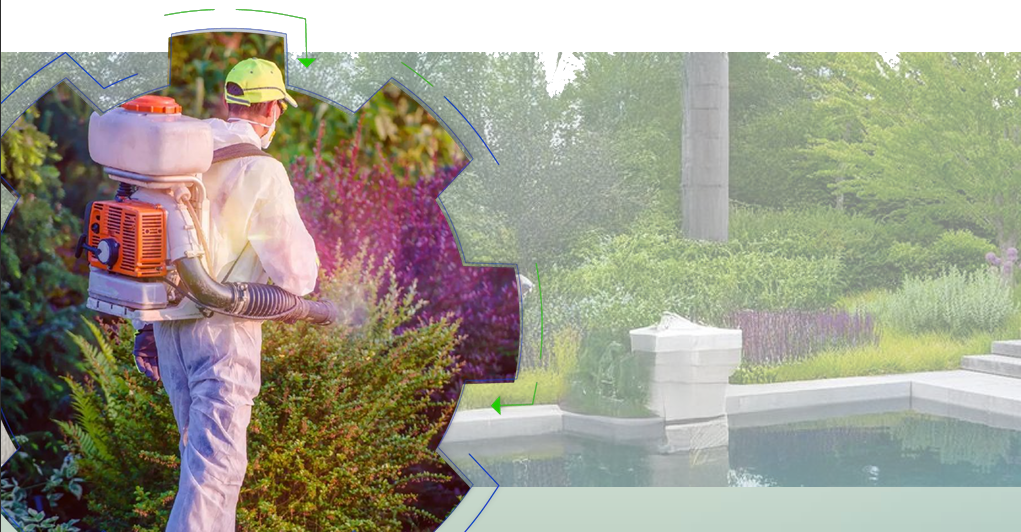
Pacific Weed Control
Standardizing Fields to Ensure Clean Audits
Background
In the wake of California’s devastating Paradise Fire, state legislators enacted stricter requirements for utility companies to implement comprehensive fire mitigation strategies. One major area of focus became vegetation management and infrastructure protection, as overgrown brush and dry vegetation were identified as major contributors to fire risk around power poles and substations. This regulatory shift created new opportunities and responsibilities for contractors working in vegetation control and fire prevention.
Pacific Weed Control, a company specializing in brush clearance and herbicide application, recognized the changing landscape as a chance to position itself as a key player in fire mitigation. The company aimed to become a Tier 1 contractor for one of California’s largest utility providers—a designation reserved for firms that meet the highest standards in performance, safety, and regulatory compliance. To qualify, Pacific Weed Control would need to significantly enhance its operational protocols, particularly around safety and reporting.

Their Challenge
While the company had experience in fire mitigation work, it lacked the formalized safety infrastructure required for Tier 1 status. The utility company mandated a fully developed and verifiable safety program, complete with regular on-site audits, vehicle and equipment inspections, and detailed reporting via a digital dashboard. Furthermore, the safety culture within the organization needed to evolve from reactive compliance to proactive prevention, aligning with the rigorous standards set by the utility.
Additionally, the regulatory environment was evolving rapidly. The utility’s expectations were shaped not just by internal policies but also by public scrutiny and the state’s legal framework. Any lapse in safety could not only endanger lives and infrastructure but also result in significant liability. Pacific Weed Control faced the dual challenge of rapidly developing a safety system while ensuring full implementation across geographically dispersed crews in both urban and rural environments.

Our Solution
To meet these demands, Pacific Weed Control enlisted our OSHA-certified safety professional to develop a robust, field-ready safety program. The strategy included comprehensive site audits, conducted both randomly and on a scheduled basis, to ensure compliance at every level. Audits extended to vehicles, checking for fire extinguishers, spill kits, and proper storage of herbicides. The plan also mandated the use of specific PPE (Personal Protective Equipment), daily safety checks, and monthly safety topics tailored to seasonal risks and worksite conditions.
Technology was another cornerstone of the solution. A digital dashboard was created to centralize all safety data, including audit results, incident reports, and training completion logs. This allowed both Pacific Weed Control and the utility partner to track performance in real time and identify trends or emerging risks. Crew leaders were trained to use tablets in the field for instant reporting, fostering a culture of accountability and continuous improvement.
Conclusion
For Pacific Weed Control, this wasn’t just a win—it was a transformation. They illustrated how a strategic focus on safety and compliance can drive business growth in a regulated environment. By embracing rigorous standards and leveraging technology to enhance accountability, the company not only met but exceeded the expectations of its utility partner. This case underscores the critical role of safety in operational excellence, particularly in industries where risk mitigation is both a regulatory and moral imperative.
